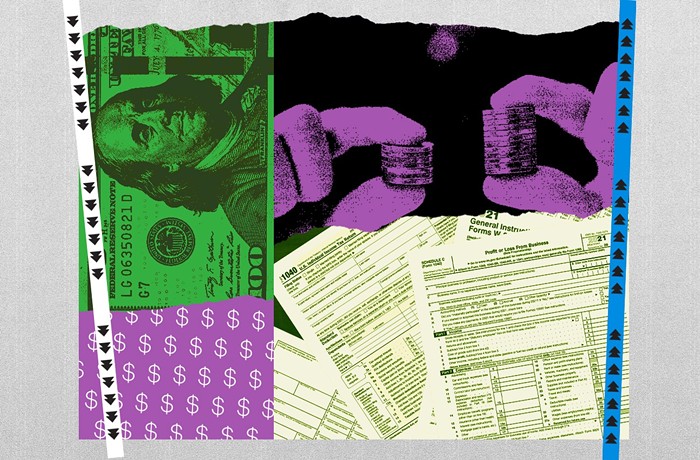What to make of the announcement by the Seattle Times that its circulation has increased almost 50 percent since the Seattle Post-Intelligencer shut down its print edition in mid-March?
Depends on whom you ask.
Alan Fisco, the Seattle Times Company's vice president of circulation and marketing, said in an e-mail to the newspaper's staff on April 27 that the jump in daily circulation (from 194,000 prior to the P-I's closure to 289,000 after) represents an "incredible success." Others have been more cautious in their assessments—including Times Company vice president of public affairs Jill Mackie, who, when asked what the new numbers mean for the company, replied: "I really can't say."
That seems a far more accurate assessment.
It's clear the circulation jump is directly connected to the Times Company's decision to automatically convert all former P-I subscriptions to current Times subscriptions. The company says that 98 percent of those automatically converted readers have elected to stay with the Times. But that means a lot less than it might seem at first blush. What the converted former P-I readers are currently receiving is a substitution for something they've already paid for—a morning Times for the remainder of their morning P-I subscription period. "The real test will come when the former P-I subscribers get their bills to continue newspaper delivery," wrote Liz Brown, administrator for the Pacific Northwest Newspaper Guild, in an April 29 posting on the guild's blog.
The Times Company can't say yet what percentage of former P-I subscribers are opting to pay for new Times subscriptions once their P-I subscription periods run out. But it's not likely to be anything like 98 percent. The paper's own news report on the new circulation figures noted that it's typical in situations like this for the remaining paper's circulation to spike and then for that spike to "erode over time." Plus, the overall trend is toward decreasing readership for print newspapers. Case in point: The news of the Times' circulation jump was offered by the Times Company as a counterpoint to a report, released on the same day by the Audit Bureau of Circulations, that found Times circulation declining 8 percent between October 2008 and March 2009 (a drop consistent with declines across the print-news industry).
The Audit Bureau of Circulations survey couldn't reflect the impact of the P-I's mid-March closure because it concluded just after the P-I went under. By releasing their own internal circulation numbers showing the Times had benefited from the P-I's closure over the last month, the Times was trying to make the point that the media landscape has shifted in its favor. It clearly has, and the paper would be silly not to point that out. But even Mackie suggests it's not necessarily going to be a permanent change. "It's premature to draw conclusions from it," she said. "We're pleased—very pleased—with what we've seen so far, but it isn't necessarily a statement about the future." ![]()



















